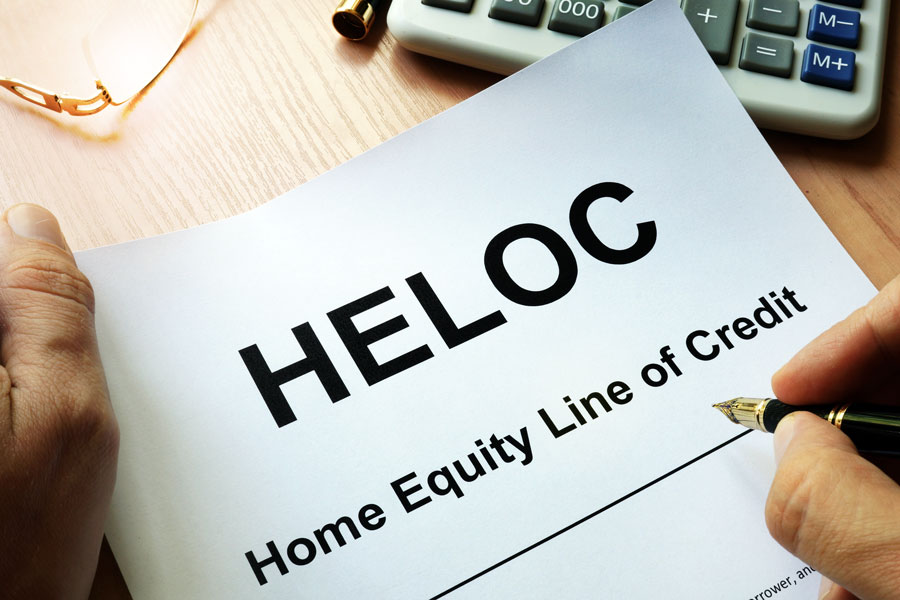Buying a new home is literally a team sport since there are so many tasks, important timelines, documents and responsibilities that all need special care and attention.
Besides working with a professional team that you trust, it’s important that the individual players have the ability to effectively communicate and execute on important decisions together as well.
Real Estate Agent –
A Realtor® is a licensed agent that belongs to the National Association of Realtors®, which means they are pledged to a strict Code of Ethics and Standards of Practice.
A few of the important roles your agent performs:
- Determine your home buying needs
- Define your property search criteria – neighborhoods, school districts, local amenities…
- Provide insight on market trends, potential for property values
- Negotiate purchase contracts
- Pay attention to due-diligence periods and other important timelines
- Articulate inspection and appraisal reports
- Professionally estimate fair market value on listings
A common misconception of many First-Time Home Buyers is that hiring a real estate agent will end up costing more money.
However, the typical arrangement in a purchase transaction is for the seller to cover the buyer’s agent commission. In some cases where a new home developer or For Sale By Owner is listing a property and offering a lower price to deal direct, it is still a good idea to have an agent in your corner to protect your financial and investment interests.
Considering that some buyers may see 5-7 real estate transactions in a lifetime, compared to an agent that closes the same amount in a month, it is obvious to see that there is a big advantage to having the ability to rely on that experience when your home and security is on the line.
Mortgage Professional –
A mortgage professional (loan officer, mortgage planner, loan consultant, etc.) is the glue that holds the entire transaction together (biased comment).
In addition to establishing the purchase price and monthly payment a borrower can qualify for, the mortgage team will also need to communicate with all of the other players on the home buying team throughout the entire process.
To highlight a few details your mortgage team is paying attention to:
- Initial pre-qualification to determine purchase price / loan amount
- Explain all loan program options that may fit your investment goals
- Collecting / organizing loan approval documents
- Watching economic indicators that influence daily rate changes
- Locking rates
- Communicating with title / escrow officers
- Submitting loan package to underwriting departments
- Updating disclosure / GFE paperwork within proper time frames
- Following funding through the final recording
- Tracking inspections, insurance and other lending requirements
- Post closing follow up and quarterly rate / program monitoring
Insurance Agent –
The lender in any mortgage transaction will require a homeowner’s insurance policy (hazard insurance).
This policy protects the property in the case of fire, theft or other damage (except flood or earthquake, those are separate policies and may be optional).
If it is determined that the property that you want to purchase is in a flood zone, flood insurance is not optional, it is mandatory.
The flood zone determination will be done with a “flood certification” from a third-party provider.
Title and Escrow –
It is possible to have a title company and an escrow officer work for different companies.
Also, some states use closing attorneys and there are still a few states where they use abstract of title instead of title insurance.
In most purchase transactions, the seller has the option of choosing the title company.
The title and escrow officers are often thought of as the same role, but in reality are quite different positions.
The title officer takes care of all issues that have to do with the title (also referred to as the deed) of the property.
The lender will always require a title insurance policy guaranteeing that the title is free and clear of all liens except those being filed by the lender.
Escrow takes care of receiving, signing, and notarizing the final loan documentation, as well as collecting the other paperwork associated with the home sale.
The escrow officer is a neutral third party that makes sure no money is transferred until all conditions for each side are met.
The money management of an escrow company include:
Finally, the escrow officer will see that you are properly recorded as the new owner with the county.
Home Inspector –
When you have found the home that you like, it is a wise idea to have a professional take a look at the home to see if there is there are any issues with the property that could be a problem in the future.
Even though some buyers have an “Uncle Joe” who has owed several homes and knows what to look for, a certified Home Inspector can be money well spent.
They will look at the functionality of the home to make sure the electrical, plumbing and physical aspects of the home are strong, which will help the buyer make an educated decision about following through with the purchase, or renegotiating certain aspects of the contract.
Keep in mind, the home inspector and appraiser have different jobs. An appraiser determines value, while the inspector is to look for structural problems, defects or maintenance issues.
The inspector is doing this strictly for the buyer’s sake. The lender is not concerned if a faucet has a minor leak as long as the property is worth the sales price. Therefore, the lender generally does not require an inspection unless the purchase contract requires one.
So, an inspection is not required, but it is recommended. As a matter of fact, one of the forms in an FHA application package is one that says “For Your Protection: Get a Home Inspection.”
Who knew that HUD was poetic.
Appraiser –
While the appraiser is typically never seen by the home buyer, an appraisal is obviously an important component of a home purchase transaction.
The appraiser will conduct an analysis of the property to determine the current market value. The bank will always require an appraisal, and in some cases need a second opinion of value if the program guidelines or loan amount require it.
Appraisers compare the sales prices of similar properties sold in the neighborhood and surrounding areas with the subject property.
This can be a very tricky process, especially if there are few properties to choose from, or if there is an overwhelming amount of foreclosures and short sale listings.
Now, since two homes are rarely identical, the appraiser has the job of comparing apples to apples, sometimes red delicious to yellow delicious, or sometimes Fuji to winesap.
When done, the estimate of value is given.
If that value is below the purchase price, then negotiation may take place.
If it is above the purchase price, we are ready to go forward.
_________________________________
Related Articles – Home Buying Process:









